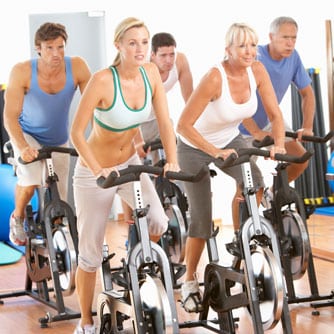While sedentary time has become part of the western lifestyle, sitting for prolonged periods of time worsens key cardiometabolic risk factors. Genevieve Healy, from the University of Queensland (Australia), and colleagues analyzed data collected on 4,757 American men and women, mean age 46.5 years, enrolled in a three-year period in the U.S. National Health and Nutrition Examination Survey (NHANES). Study subjects wore an accelerometer on their hip to record the amount of time spent standing or sitting still or being active, with sedentary time defined as any time period when the accelerometer read fewer than 100 counts per minute. On average, the participants wore the accelerometer for 14.6 hours a day, of which 8.44 hours was sedentary time that was broken up an average of 92.5 times a day, with a mean break duration of about four minutes. After adjusting for confounding factors, the team found that increases in sedentary time were associated with worsening trends in several cardiometabolic markers, most notably — waist circumference, HDL cholesterol, C-reactive protein, fasting triglycerides, insulin, and measures of insulin resistance. In contrast, periodically standing up and moving about for as little as a minute was associated with beneficial changes in waist circumference and C-reactive protein. Explaining that: “These are the first population-representative findings on the deleterious associations of prolonged sedentary time with cardio-metabolic and inflammatory biomarkers,” the researchers conclude that: “The findings suggest that clinical communications and preventive health messages on reducing and breaking up sedentary time may be beneficial for cardiovascular disease risk.“
Physical Activity Promotes Cardiometabolic Fitness
Genevieve N. Healy, Charles E. Matthews, David W. Dunstan, Elisabeth A.H. Winkler, Neville Owen. “Sedentary time and cardio-metabolic biomarkers in US adults: NHANES 2003–06.” Eur Heart J., January 11, 2011; doi:10.1093/eurheartj/ehq451.




